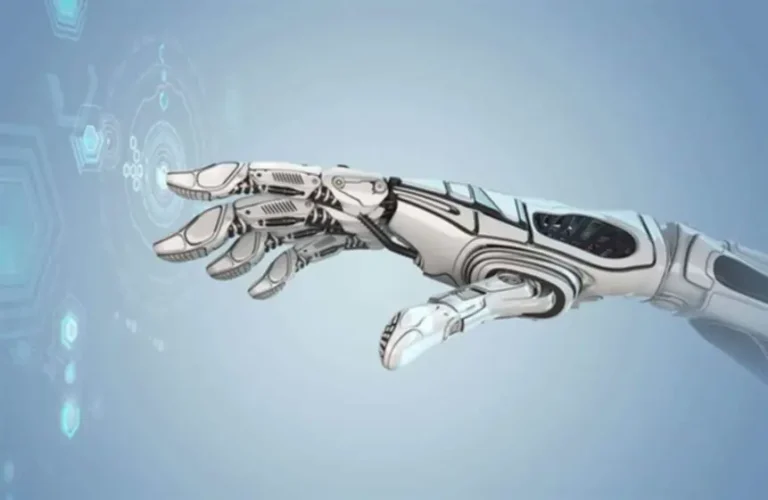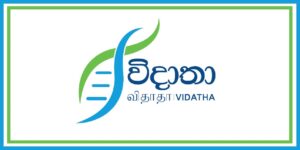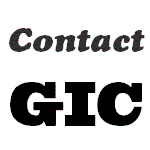Study more about giant language mannequin operations and implementing LLMOps at every stage of the LLM life cycle, in addition to careers that rely on the LLMOps framework. It’s a approach to embed smarter methods of working, enhance supply outcomes, and create lasting worth across your organisation. It allows the supervisor to look into various metrics and plan the next improvement phases accordingly by sustaining a easy workflow. The first thing SDLC mannequin phases require is planning, and that always does not go as deliberate. Finally, high quality assurance engineers gather all documents written in all phases and conduct an general deep take a look at on every specific side of the system.
- The software that clients use known as production, whereas other copies are mentioned to be within the construct setting, or testing environment.
- Prototyping means continually refining your software primarily based on consumer feedback.
- Developers also implement enhancements and new features as wanted to maintain the software up-to-date and aligned with changing necessities.
- ALM can have a number of SDLCs during an application’s lifecycle.
- In which progress is seen as flowing steadily downwards (like a waterfall) by way of the phases of software program implementation.
Phases Of Waterfall Mannequin
In the standard software program growth approach, quality assurance performs a big position and is mostly carried out on the end result of the process. The conventional methodology has labored wonders prior to now https://www.globalcloudteam.com/, however it depends on eradicating the bugs and points in the lengthy run. Developed by Dr. Harlan Mills, the Cleanroom Software Engineering method is all about performing quality assurance at every part of the event process. Every software is created for the end-users which is why understanding their needs ought to be the creator’s duty. The prototype software program improvement model relies on the same psychology where the event team will perceive the needs of users and create a program based on the information. The development model is planned in parallel the place one side of the V contains verification whereas the other side is all about validation.

As Soon As a sprint exercise is defined, there isn’t any going back and the changes cannot be made. The entire mannequin is split into 5 phases; Inception, Elaboration, Development, Transition, and Manufacturing. The first section is all about organizing conditions, understanding the dangers, and the scope of the software program. In the elaboration stage, a working structure of the program is created that can scale back the dangers.
At the start of the process, the necessities are split into different teams. To design the software, the Sequential SDLC mannequin is followed for every group. The V-Models, also called the Verification and Validation models, is an extension of the standard Waterfall fashions. It introduces a parallel testing phase for each corresponding growth stage, forming a V-shaped diagram. Let’s delve into the key rules that underpin the V-Models.
In addition, the group monitors overall system performance, security, and consumer experience to establish how to use ai for ux design new methods to enhance the existing software program. The system specification represents the technical requirements that will provide overall steerage for system design. The prototype model is used to overcome the limitations of the waterfall mannequin. In this mannequin, instead of freezing the necessities earlier than coding or design, a prototype is constructed to clearly perceive the necessities. Comparable to the RAD model, the Prototyping method helps software engineers and designers acquire a better understanding of user requirements and expectations.

Which Of The Next Isn’t A Life Cycle Model?
By integrating verification and validation actions in parallel, this model aims to ship high-quality software while mitigating the danger of defects. The Waterfall model has been a foundational strategy to software growth for decades. While it may not be the most flexible model in the face of adjusting necessities, its simplicity and predictability make it appropriate for certain kinds of initiatives. Understanding the project requirements and constraints is essential to deciding whether or not the Waterfall mannequin is the best fit for a selected development endeavor.
The Rational Unified Course Of (rup)
This step is usually uncared for, which might cause the whole project to be flawed. The product manager/end consumer in this part is responsible for evaluating the system software, which is the output of the earlier phases. The analysis is done before the project proceeds to the next planned spiral cycle. After passing all processes of the testing section, the product is able to launch. The software program system is both launched for customers to put in on their own machine or deployed to production servers. Software Program developers create the system based on the instruction and requirements recorded, written, and prepared in the design and requirement phases.
It supplies a structured strategy to software program improvement, providing clear phases, adaptable models, and a giant number of software development life cycle benefits. Every loop of the Spiral represents a part within the software improvement course of. The Spiral mannequin permits for gradual releases and refinement of a product at each phase, in addition to the flexibility to construct prototypes. This iterative strategy permits the management of unknown risks that may come up after the project has commenced. Software development life cycle models are like roadmaps used in software development to guide the process from begin to end. They help software program development teams work in an organized means and outline a clear path all through the event journey.
The agile improvement model allows for fixed collaboration between builders and testers throughout the whole software program growth process. Every project is split into small, iterative builds that take one to 3 weeks. SDLC Models or Software Program Growth Life Cycle (SDLC) fashions are frameworks that guide the development means of software program applications from initiation to deployment. Various SDLC models in software program engineering exist, every with its method to the phases of improvement. The classical waterfall mannequin is a linear mannequin of software improvement that was launched within the Seventies.

You can use frameworks just like the AI Risk Administration Framework to help you establish potential security concerns and structure your security operations. Developed by the Nationwide Institute of Standards and Know-how, this record of best practices is one example of LLMOps you can adopt. Model governance is a means of tracking your model’s variations during improvement, which can help you collaborate with your staff or others using an MLOps platform. As a end result, you may review your model’s security and reliability and hunt for bias or weaknesses in safety. Whereas improper planning causes a scarcity of progress in software development, SDLC practice lifecycle models can simply assist enhance workflow. Having a development team ultimately helps decrease the cost while addressing the vulnerability in the codes and increasing safety.
This information will provide a succinct exploration of SDLC’s phases, in style fashions, and advantages. Our purpose is to demystify SDLC, making it accessible past the technical realm. Let’s delve into the intricacies of this pivotal framework in software development. General, Scrum is a very efficient mannequin of the software program improvement life cycle.
Small-scale projects or proof-of-concept growth where requirements are unclear or flexible, such as experimental projects and student tasks. In the Iterative Model, the development course of begins with a simple implementation of a small subset of the software requirements. It then progressively improves and expands upon these preliminary variations until the entire system is totally applied and ready for deployment.
Just as you style your meals before serving it to visitors, software needs to be examined. This section checks if the software works accurately and if there are any hidden bugs or errors. It’s the place the group sits down and figures out what the software should do and how it ought to do it. It’s like deciding what ingredients and recipes you’ll want earlier than cooking a meal. To higher understand the Agile course of and enhance your testing efficiency, discover how Agile testing practices can expedite your testing processes.
Furthermore, there is not any provision to skip, reverse or overlap any phases. Due to these reasons, this mannequin is proven to be expensive and tedious. Unit, system, and user acceptance exams are usually performed.
It allows for steady suggestions and adjustments based mostly on evolving buyer wants. The model’s iterative nature provides flexibility in accommodating altering necessities and adapting to evolving project wants. This is especially priceless when coping with initiatives in dynamic environments where requirements is in all probability not totally understood upfront. The Waterfall Model offers a predictable and measurable consequence for every part of the development process, which helps ensure that the project stays on observe and meets its objectives.









